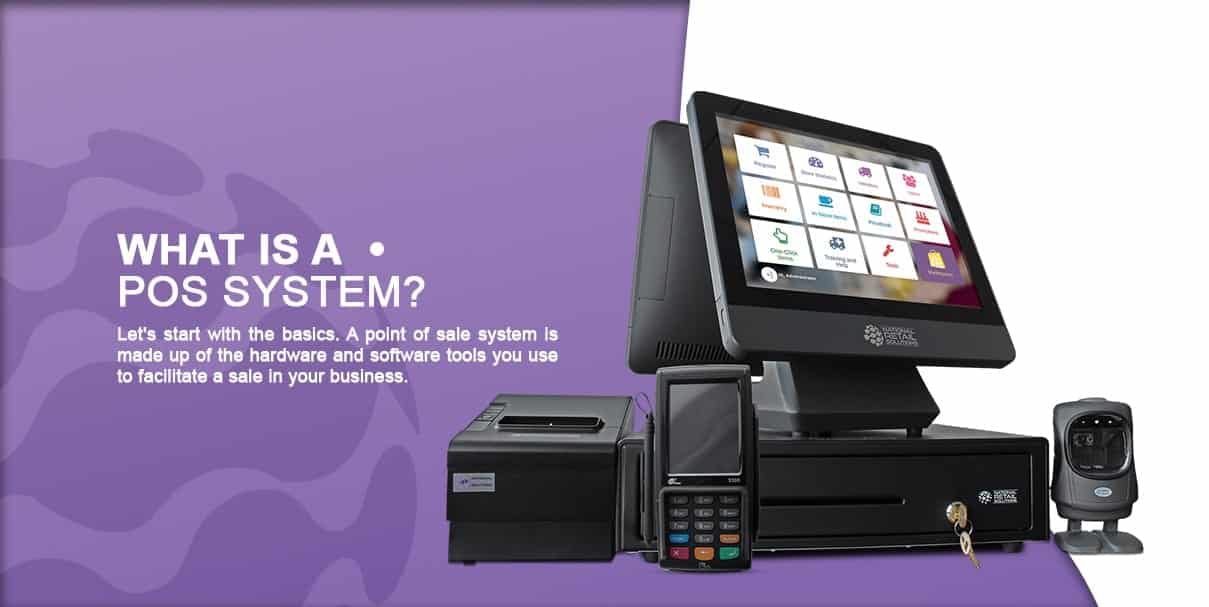How POS System Functions: A Comprehensive Overview for Entrpreneurs

Recognizing the Components of a POS System

Exactly How Sales Deals Are Refined
When a customer decides to purchase, the sales deal initiates a series of organized steps within the POS system. First, the cashier inputs the items being bought, which are scanned through a barcode reader or by hand entered. This activity obtains product details, including prices and applicable tax obligations, from the system's database.Next, the client exists with the total quantity due. The POS system after that refines the repayment, whether with cash money, charge card, or mobile payment approaches (Restaurant POS Software). For digital settlements, the POS securely connects with repayment processors to authorize and confirm the transaction.Once the repayment is verified, the system generates a receipt, which can be printed or sent digitally. This receipt functions as evidence of acquisition for the consumer. Finally, the purchase information is videotaped in the system, ensuring exact sales documents and financial tracking for the company
Stock Management and Tracking

Reliable stock monitoring and monitoring are vital components of a POS system, as they ensure that businesses keep optimal supply levels and lessen discrepancies. A robust POS system permits for real-time inventory updates, mirroring returns and sales instantly. This allows company proprietors to check supply degrees precisely, making sure that popular items are conveniently available while stopping overstocking of much less prominent products.Additionally, progressed POS systems provide features such as computerized stock informs and reorder suggestions, enhancing the purchase process. Barcoding and RFID modern technology enhance accuracy in tracking inventory motion, lowering human mistake. Comprehensive reporting devices provide insights into inventory turnover rates, aiding companies make educated decisions regarding acquiring and item offerings. Ultimately, efficient inventory management via a POS system not only enhances functional performance yet additionally enhances consumer complete satisfaction by making sure product accessibility.
Examining Consumer Information and Insights
Consumer data evaluation acts as an effective device for businesses making use of a POS system (Restaurant POS Software). By checking out and collecting purchase information, organizations can reveal valuable understandings concerning client habits and preferences. This analysis allows them to recognize acquiring patterns, peak buying times, and prominent products, consequently educating stock decisions and marketing strategies.Additionally, businesses can sector their client base, allowing for individualized marketing efforts that satisfy details demographics or purchasing routines. Understanding consumer loyalty patterns additionally helps in establishing targeted promotions and benefits programs.The information obtained from a POS system can additionally expose understandings into consumer comments, enabling organizations to make educated choices pertaining to product offerings and solution improvements. Inevitably, leveraging customer information successfully can enhance the general purchasing experience, foster client satisfaction, and drive profits development
Benefits of Executing a POS System

Frequently Asked Questions
What Sorts Of Services Can Profit From a POS System?
Different services take advantage of a POS system, consisting of retail shops, dining establishments, beauty salons, and ecommerce systems. read more These systems improve deals, supply monitoring, and client information, boosting functional performance and boosting consumer experience throughout diverse markets.
How Much Does a POS System Typically Cost?
The expense of a POS system typically ranges from a few hundred to several thousand dollars, depending on features, equipment, and software program. Organizations need to think about continuous fees for upkeep, assistance, and transaction handling when budgeting.
Can I Integrate a POS System With Existing Software Application?
Incorporating a POS system with existing software application is typically possible. Many systems supply APIs or built-in compatibility features, permitting services to improve operations and enhance capability by connecting different software program applications effectively.
What Training Is Required for Personnel to Use a POS System?
Training for personnel to use a POS system typically consists of understanding software application more info performances, processing purchases, handling stock, and handling customer communications. Practical demos and hands-on session enhance efficiency and self-confidence in operation the system successfully.
What Occurs if the Net Goes Down While Making Use Of a POS System?
If the web drops during POS system usage, deals may be disrupted. Lots of systems offer offline capacities, permitting basic operations to continue, however complete capability, consisting of real-time inventory updates, will be restricted. A Point of Sale (POS) system is made up of several essential components that work with each other to take care of and help with transactions service procedures. Efficient supply management and tracking are important components of a POS system, as they assure that companies keep ideal stock degrees and minimize inconsistencies. Consumer information analysis offers as a powerful device for organizations utilizing a POS system. Recognizing client commitment patterns additionally aids in establishing targeted rewards and promos programs.The information amassed from a POS check here system can likewise reveal insights into consumer feedback, enabling services to make informed choices pertaining to product offerings and solution improvements. Applying a POS system provides various benefits that can substantially improve service procedures.